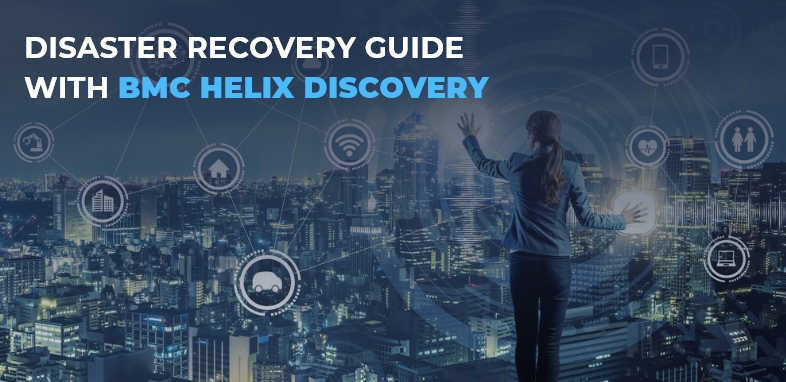Cybersecurity is something any business can afford to miss out on. When we look at some of the recent stats, it appears that having cyber defenses should be one of the top priorities as most businesses tend to hold sensitive data. Here are some alarming stats that we should be aware of.
- It is predicted that by 2025, the cost of cyberattacks will reach around $10.5 trillion.
- After a data breach, it takes an average of 287 days for security teams to perform RCA and rectify it.
- Out of all the cyberattacks, 43% of them are aimed at small and medium businesses. Out of these SMBs, only 14% are equipped to deal with such scenarios.
- In the year 2021, there were 50% more cyberattacks per week as compared to 2020
Such odds can be a severe concern for IT teams as they have to monitor the company’s infrastructure to look out for possible entry points, vulnerable spots, unsecured assets, inactive or unused devices, and many such factors. That is why every enterprise needs cutting-edge measures to deal with such situations. In case of such adverse scenarios, where the infrastructure is compromised, there should be an immaculate and ironclad recovery strategy to minimalize the impact. This raises the bar for the IT teams. This is where this guide will prove to be useful.
Step 1 – Having comprehensive knowledge of your infrastructure
Company infrastructure is subject to constant change. Something or the other is changing on daily basis to meet client needs, SLAs, or even compliances. In such a dynamic environment, it’s necessary to have in-depth knowledge of deployment architecture, technology stack, and dependencies between resources to make sure that proper security measures are in place and the protocols are updated accordingly.

Step 2 – Business Application Modelling
Start Anywhere Application Modelling or SAAM is a visualization of the interconnectivity of applications. It provides a clear view of entry points and all the nodes between applications. It can be used to identify the resources or nodes that are used by multiple applications.

Step 3 – Know Your Critical Assets
The key to minimalizing the impact and paving the path toward fast recovery is to identify critical business resources, assets, and services. Once your business identifies these key elements, you know which nodes need bolstered defenses.

Step 4 – Automate Your Discovery Process
Keeping up with the rapidly developing and changing infrastructure could be challenging. And the knowledge of company infrastructure is an important parameter to devise an effective recovery strategy. To make sure that you have the correct data at your fingertips to do that it’s best to automate the process of infrastructure discovery, dependencies, cloud resources, hardware, and even software.

Complete Veritable Visibility
When it comes to reducing the risk no matter what environment it is, on-premise or cloud, the key is to have visibility over the infrastructure at all times. The risk of outages or attacks can be easily reduced irrespective of the complexity of the systems by simply having the proper visibility. While it may not seem like a lucrative prospect at first but there’s a lot to gain in the grand scheme of things. Here are five benefits of your enterprise that can have a significant impact on reducing risks and outages.
- Improved risk mitigation.
- Improved ability to reduce and contain the impact of outages.
- Significant decrease in vulnerabilities.
- Complete coverage of distributed infrastructure.
- Faster decommissioning of assets.
Key Takeaways
The lesson to be learned is that staying prepared pays subtle but long-term dividends. Regardless of the infrastructure, with the right tools and technology, your company can stay prepared and enjoy a variety of other benefits that add value to your business. With proper visibility over your infrastructure provided by BMC Discovery, switching to SAAM and automating the entire asset discovery process becomes easier.
About the Author:
 Ashish Khot
Ashish Khot
AVP BMC Technolog
15+ years of Experience.
Enhancing End User Experience Through various IT Automation Initiatives Enriching experience of IT Service Desk Function. Making IT Operations more robotic, loosening IT strength in daily activities Increasing IT’ s Alignment in Organizational Goals with stronger footprints.
